Sieves
Accurate and Repeatable Particle Sizing using Laboratory Test Sieves
Jun 17 2019
A Laboratory test sieve is an instrument which is used for the measurement of particle size. In its most common form, it consists of a woven wire screen, with square apertures, rigidly mounted in a shallow cylindrical metal frame. For coarse sieving a perforated plate screen with square or round holes may be used in place of wire mesh. Square hole perforated plate sieves range down to 4 mm and round hole sieves down to 1 mm aperture.
The sizes of solid particles from 125 mm down to 20 μm can be measured rapidly and efficiently by means of standard test sieves. Special sieves with apertures smaller than 20 μm are available, but it should be appreciated that the finer a screen is, the more easily will certain types of particulate solids tend to block or blind the apertures. Nevertheless, 'micro' sieving can be carried out down to 5 μm using special techniques.
Particle size, as measured by test sieving, may be specified simply by quoting two sieve sizes, one through which the particles have passed, and the other on which they are retained, i.e. the particle size distribution.
Endecotts Ltd provide all the equipment necessary to perform meaningful particle size analysis using sieves to receive accurate and repeatable results every time.
More information online
Digital Edition
Lab Asia 31.2 April 2024
April 2024
In This Edition Chromatography Articles - Approaches to troubleshooting an SPE method for the analysis of oligonucleotides (pt i) - High-precision liquid flow processes demand full fluidic c...
View all digital editions
Events
Apr 22 2024 Marrakech, Morroco
Making Pharmaceuticals Exhibition & Conference
Apr 23 2024 Coventry, UK
Apr 23 2024 Kintex, South Korea
Apr 23 2024 Seoul, South Korea
Apr 24 2024 Jakarta, Indonesia
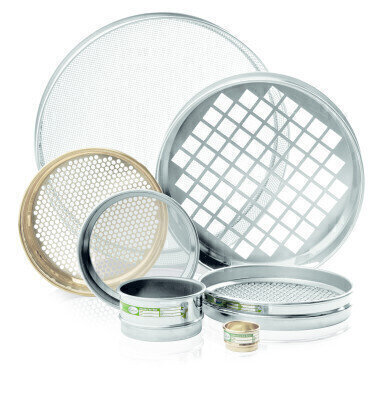
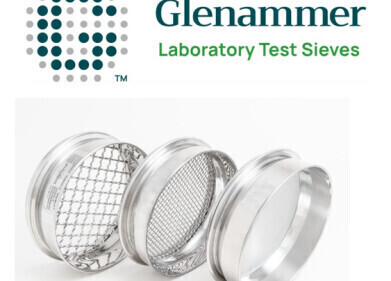
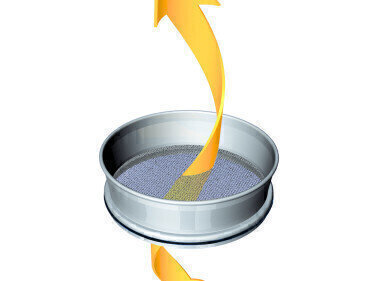
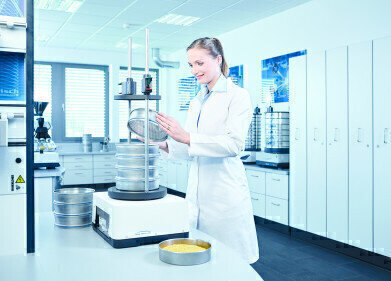
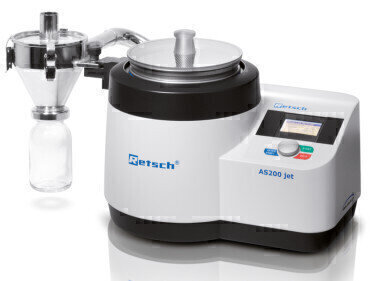




.jpg)









